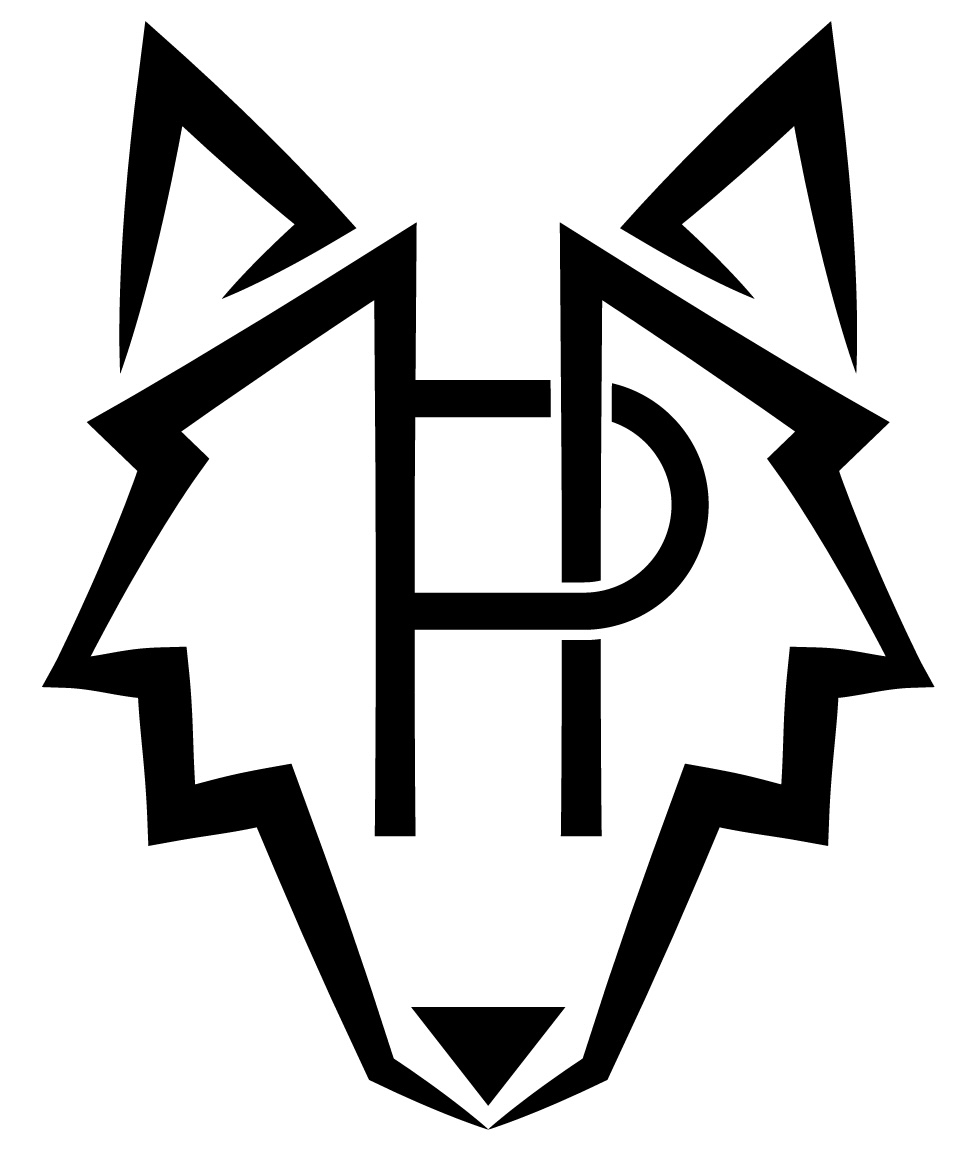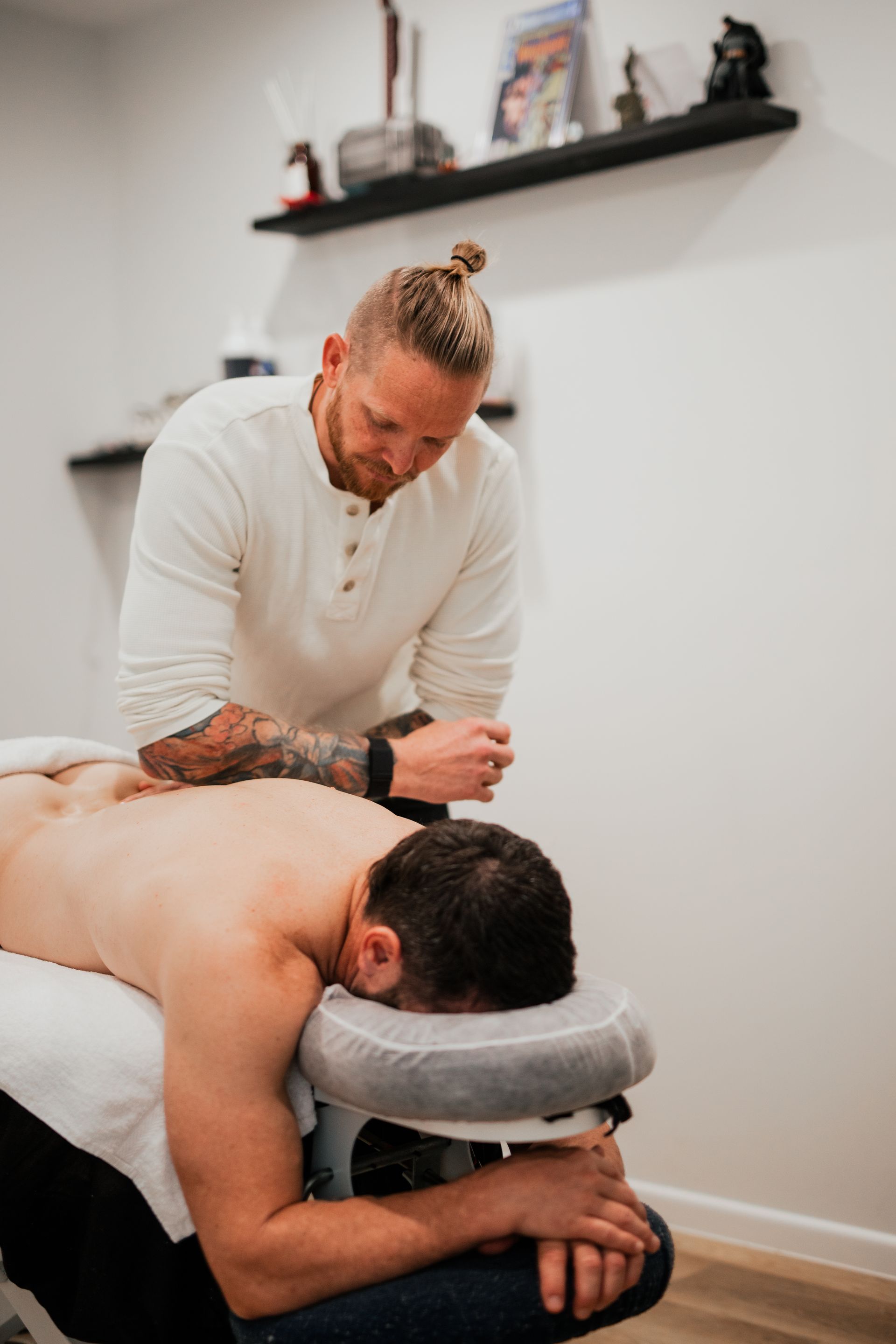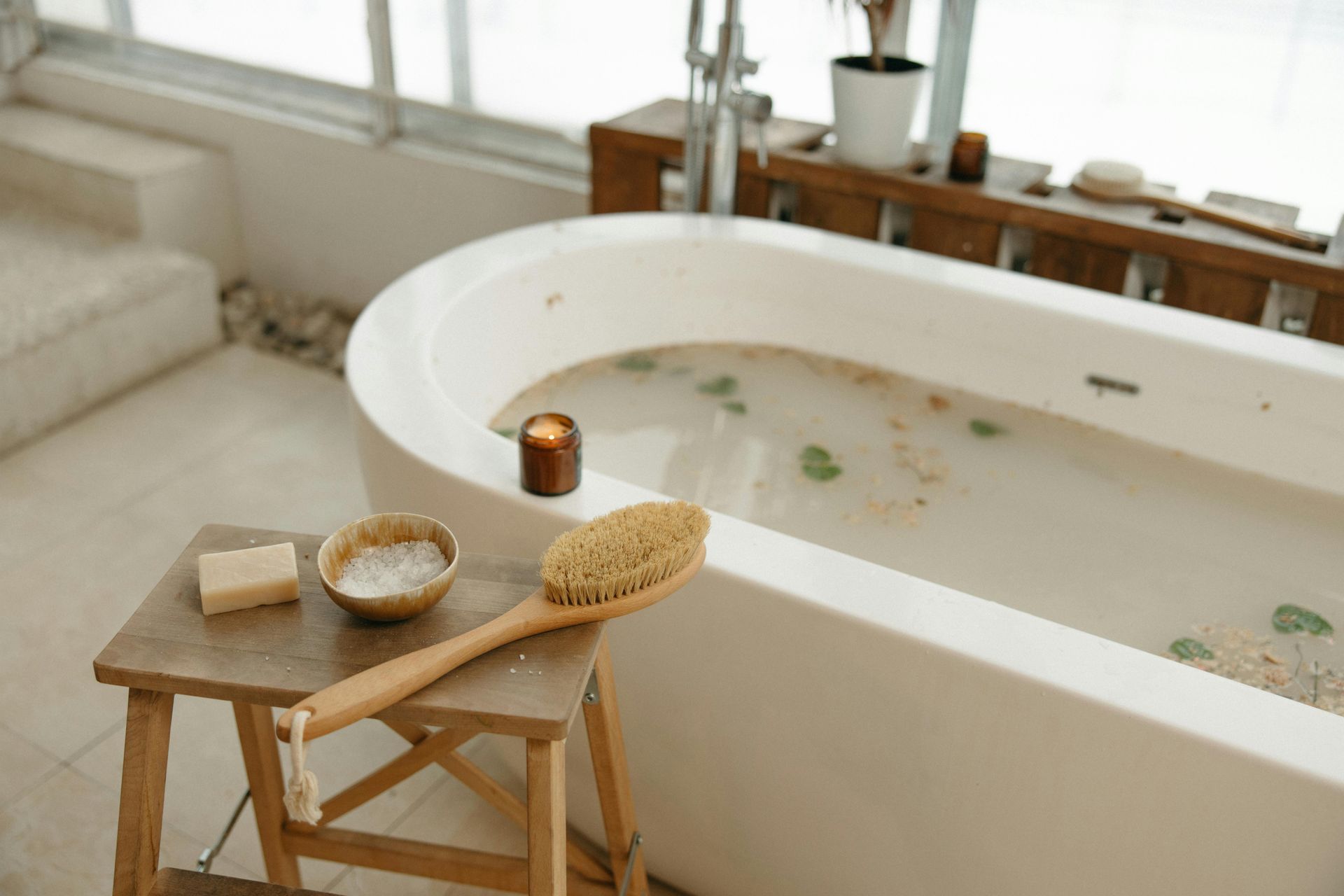Unfortunately, at some point in our lives a number of us will experience lower back pain. For a "lucky" few, it will come and go, but for others, it can become a constant feature in their day-to-day life. While back pain can be frustrating, it’s not always something you just have to just
put up with.
What many people don’t realise is that pain in the lower back isn’t always coming from the spine itself. Often, it’s the muscles, fascia, connective tissue, and movement patterns around the spine that are causing the pain, or more accurately, picking up the slack.
If it's not the spine, what causes lower back pain?
Supporting the spine requires a team effort! Muscles, fascia, joints, and soft tissues all work together to keep you upright, stable, and moving. When any part of this system is disrupted or stops pulling its weight, the lower back often takes the brunt of it.
Some of the most common contributors to lower back pain include:
- weak glutes and core muscles
These muscles are designed to support and stabilise the pelvis and spine. When they’re underactive, the lower back muscles often work overtime to compensate. - tight/ fatigued hip flexors
If you sit a lot or spend long periods in one position, the muscles in the front of the hips can become short and tight. This pulls the pelvis into a forward tilt and places extra load through the lumbar region. - fascial sling dysfunction
The body’s fascial slings, especially the posterior oblique and deep longitudinal slings, play a major role in stability. These interconnected systems involve muscles like the glutes, lats, hamstrings, and erector spinae. If these slings aren’t coordinated then movement becomes lazy and strain is placed on the lower back. - poor movement patterns
Over time, the way you move matters. Lifting, walking, or standing with poor biomechanics can create repetitive stress and wear down your body’s natural support systems.
What you can do at home
You don’t need fancy equipment or a rehab program to start feeling better. Here are some simple things you can do at home to reduce tension, strengthen your support systems, and ease your lower back pain.
Where Acupuncture comes in
Acupuncture is another tool that can be highly effective in relieving lower back pain, especially when muscular tension and movement dysfunction are part of the picture. At Pack Health we use a combination of traditional Acupuncture points combined with
motor point
and trigger point release work.
This style of specialised Acupuncture is similar to dry needling, but with a broader diagnostic lens. It targets overactive or inhibited muscles like the
QL, glute med, and
paraspinals, helping them release, reset, and return to more functional movement patterns.
Acupuncture can also improve circulation and reduce local inflammation, which supports the body’s natural healing processes; this is especially when combined with the exercises, stretching and the other at-home therapies mentioned above.





